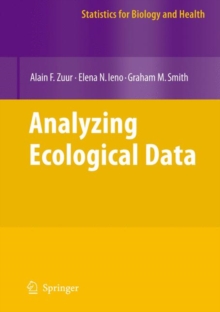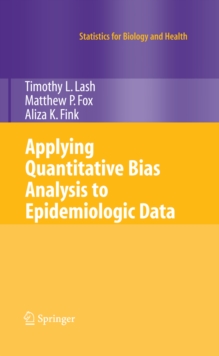
Design, Analysis, and Interpretation of Genome-Wide Association Scans PDF
by Daniel O. Stram
Part of the Statistics for Biology and Health series
Description
This book presents the statistical aspects of designing, analyzing and interpreting the results of genome-wide association scans (GWAS studies) for genetic causes of disease using unrelated subjects. Particular detail is given to the practical aspects of employing the bioinformatics and data handling methods necessary to prepare data for statistical analysis. The goal in writing this book is to give statisticians, epidemiologists, and students in these fields the tools to design a powerful genome-wide study based on current technology. The other part of this is showing readers how to conduct analysis of the created study.
Design and Analysis of Genome-Wide Association Studies provides a compendium of well-established statistical methods based upon single SNP associations. It also provides an introduction to more advanced statistical methods and issues. Knowing that technology, for instance large scale SNP arrays, is quickly changing, this text has significant lessons for future use with sequencing data. Emphasis on statistical concepts that apply to the problem of finding disease associations irrespective of the technology ensures its future applications. The author includes current bioinformatics tools while outlining the tools that will be required for use with extensive databases from future large scale sequencing projects. The author includes current bioinformatics tools while outlining additional issues and needs arising from the extensive databases from future large scale sequencing projects.
Information
-
Download - Immediately Available
- Format:PDF
- Publisher:Springer New York
- Publication Date:23/11/2013
- Category:
- ISBN:9781461494430
Other Formats
- Paperback / softback from £109.99
Information
-
Download - Immediately Available
- Format:PDF
- Publisher:Springer New York
- Publication Date:23/11/2013
- Category:
- ISBN:9781461494430










